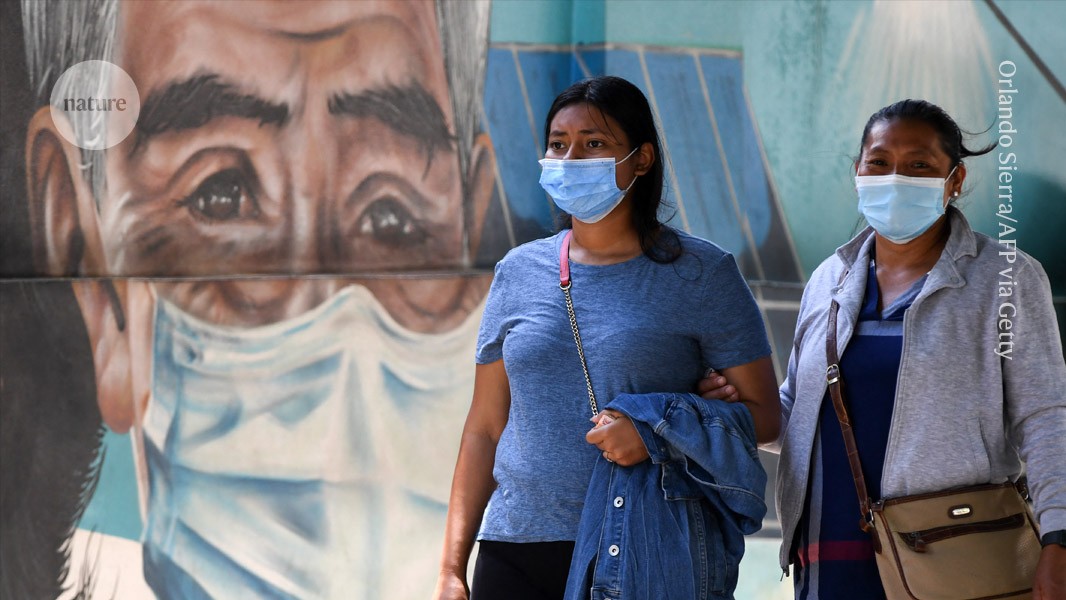
""Surveillance is happening but it's at a much lower level than it used to be. We don't have a complete picture of virus circulation of the variants that are out there," says Maria Van Kerkhove, interim director of the department of epidemic and pandemic management at the WHO in Geneva, Switzerland. "I think there's a collective amnesia right now about COVID-19," she adds."
"Even if people do test positive after using a home antibody test, there is no way to report a positive result in the community, says Antonia Ho, a clinical epidemiologist at the University of Glasgow, UK. Without high-quality surveillance data, Ho warns that health organizations are not well-prepared to recommend corresponding vaccine formulations and time their roll-out. "Surveillance is critical to really understand what's circulating," she says."
Global reported SARS-CoV-2 cases increased by more than 19,000 last month compared with the previous month. The actual number of infections is much higher because routine data collection and surveillance have decreased since the pandemic. Lower-level surveillance produces an incomplete picture of virus circulation and current variants. Inability to report positive home-test results further reduces case ascertainment. Reduced surveillance compromises the ability to select vaccine formulations and schedule rollouts. Current monitoring emphasizes hospital-based surveillance for severe COVID-19 and wastewater surveillance as a community indicator. Genomic analysis identifies XFG (Stratus) and NB.1.8.1 (Nimbus) as the most common globally circulating variants.
Read at Nature
Unable to calculate read time
Collection
[
|
...
]